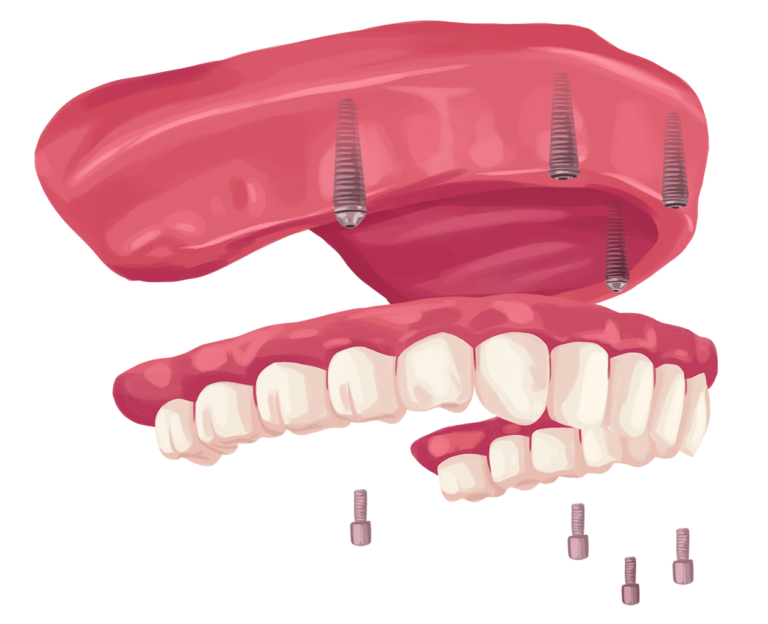

One of the more advanced methods for replacing missing teeth is All-on-4 implants. One downside to removable partial dentures is that the clasps can sometimes damage the teeth they grip onto, causing enamel abrasion.Ĭan you get a partial as a temporary denture solution while you wait on dental implant treatment? Absolutely. In some cases, dentists can add teeth to existing partials if additional teeth are removed in the future. Whereas others are smaller, flexible, and made out of acrylic. Most partials have a metal base with artificial teeth attached to them. A partial will have small clasps that hug the adjacent teeth to hold them in place and will match your remaining teeth. Partials wrap around your other teeth for stability, but they prevent the need to remove other healthy teeth. They are used when you're missing specific teeth throughout your mouth and want to fill in all of the open spaces with a single prosthesis. Partial dentures are removable prosthetic appliances that replace two or more missing teeth. The prosthesis will either need to be adjusted, re-lined, or upgraded to a higher quality denture after the healing process is complete to ensure a comfortable and secure fit. They’ll start to feel loose or even rub certain spots as your oral anatomy changes. As your mouth heals, the shape of the bone and gum tissue will change, too, impacting the way your immediate denture fits. However, same-day immediate dentures are not a once-and-done process. Your dentist places them in your mouth immediately after your existing teeth are extracted. These dentures are fitted ahead of any planned dental extractions, preventing you as the patient from having to go around with visibly missing teeth. In some cases, it may be possible for a dentist to deliver same-day dentures.
Types of snap in dentures full#
Lower full dentures are usually a bit more challenging to get used to. But if it’s a lower denture, it tends to “float” more, so you’ll usually use your lips, cheeks, and tongue to help hold it in place. Upper and lower dentures or complete dentures are sometimes referred to as "plates." They cover the entire jaw, so you will only wear them if all of the teeth are missing or have been removed.Ĭonventional dentures are held in place by creating a suction against the roof of your mouth.

On the other hand, porcelain is more expensive, but it has a more natural look and feel to it because it's closer to your own tooth enamel. The acrylic variety is less expensive but not as strong as the porcelain variety. Full dentures are made out of acrylic, porcelain, or a combination of both. A full denture is a type of denture that replaces all the natural teeth and gums in your upper or lower arch (jaw.) Full dentures include an upper denture and a lower denture.


 0 kommentar(er)
0 kommentar(er)
